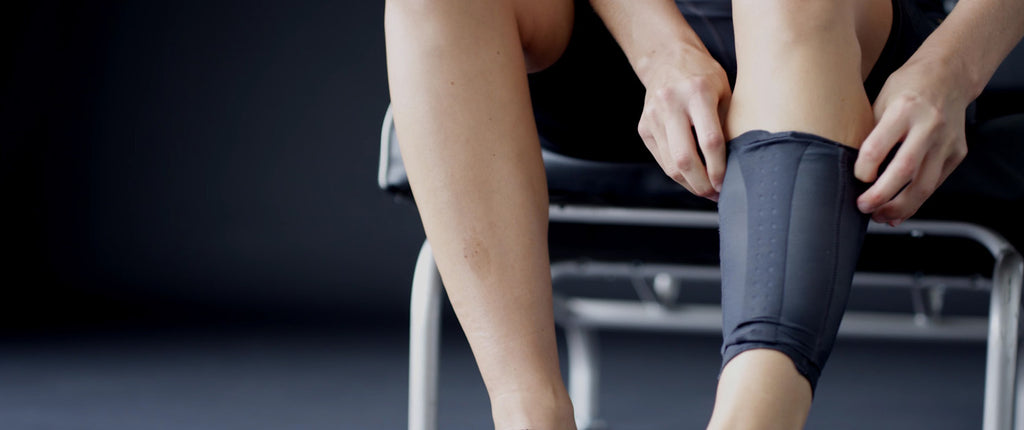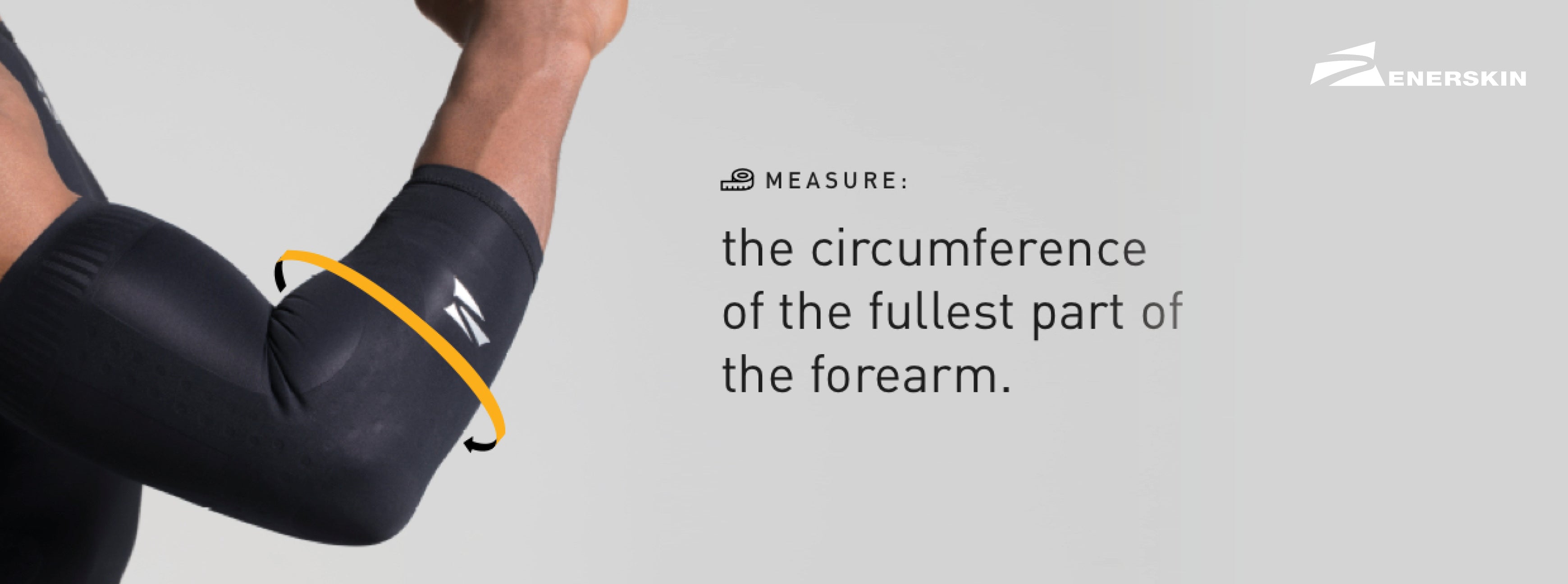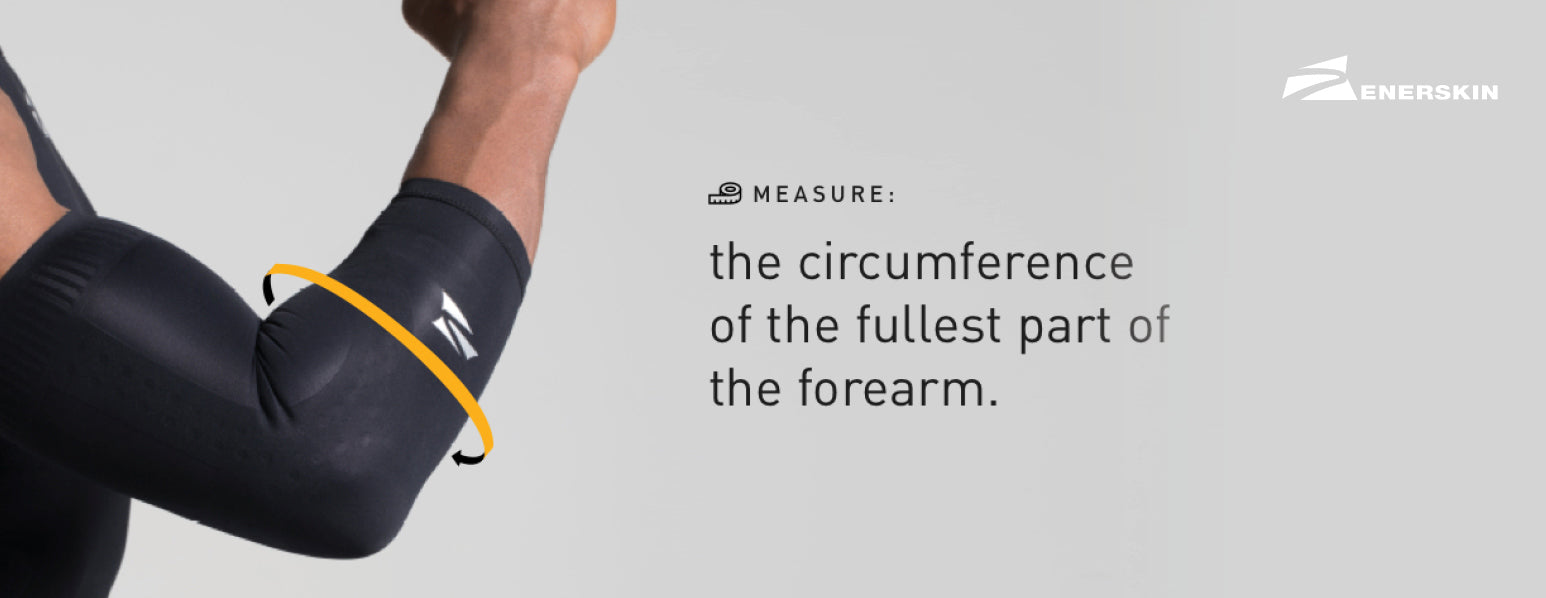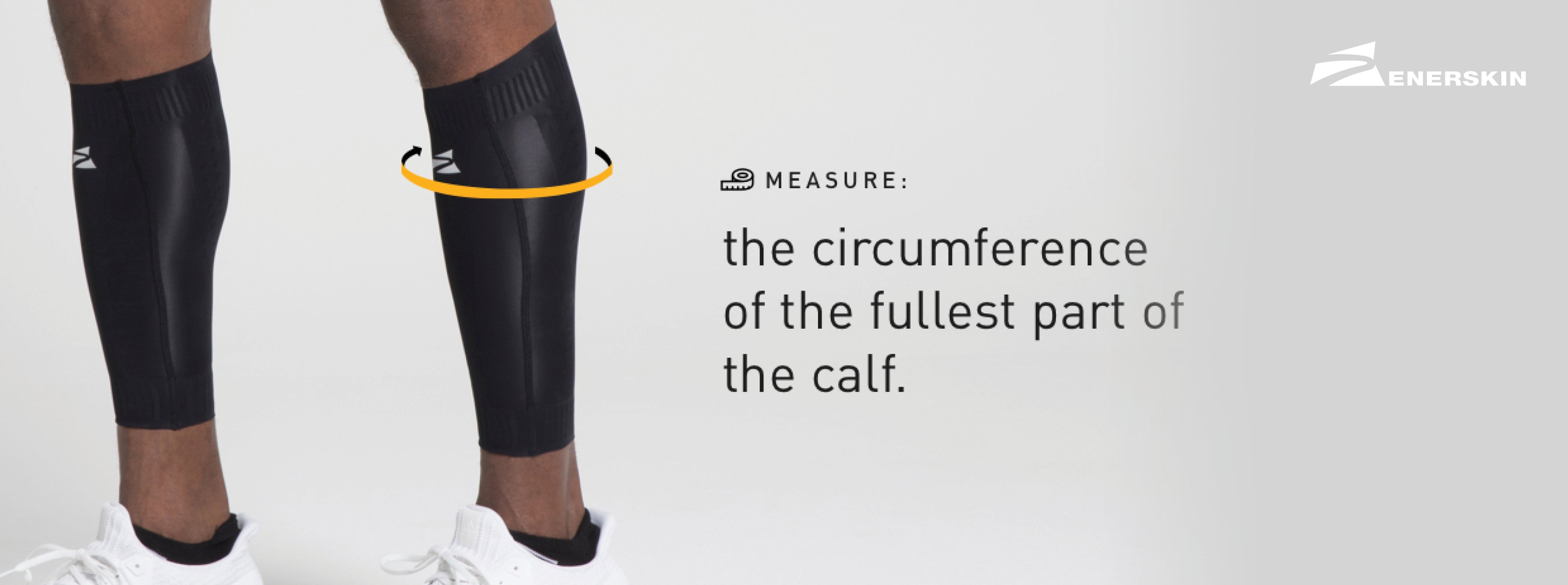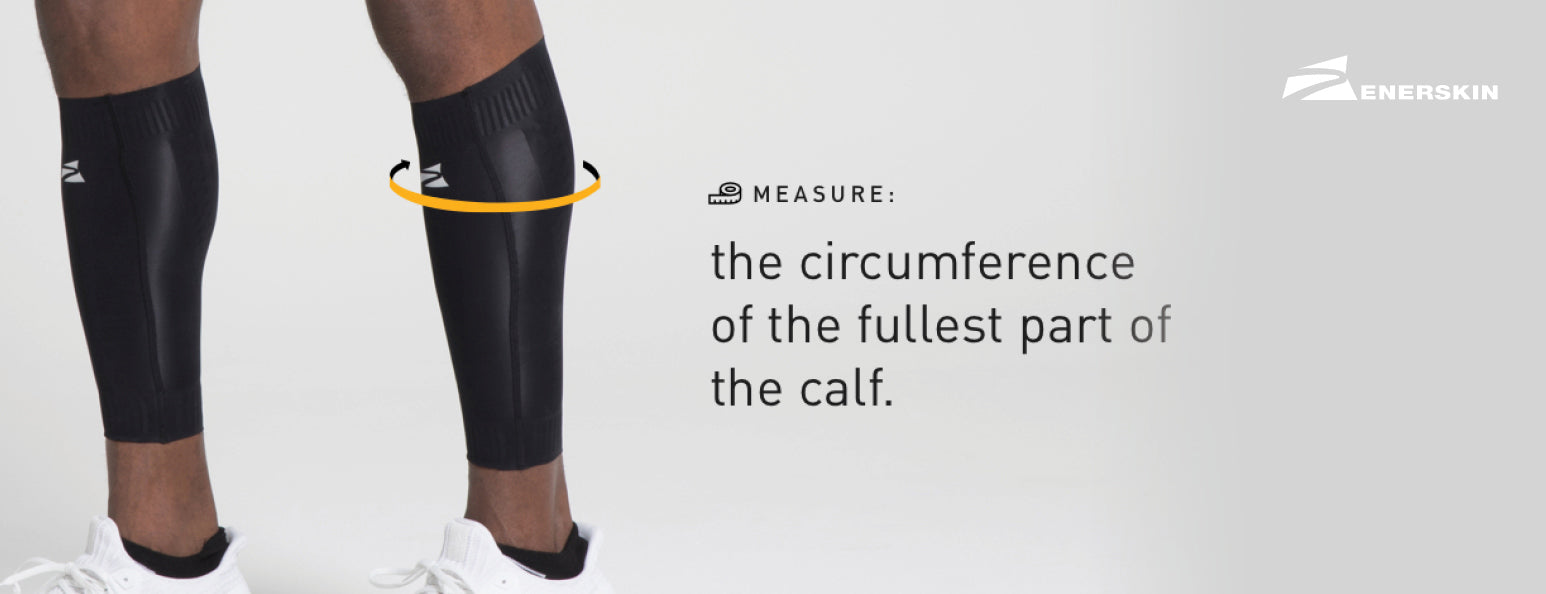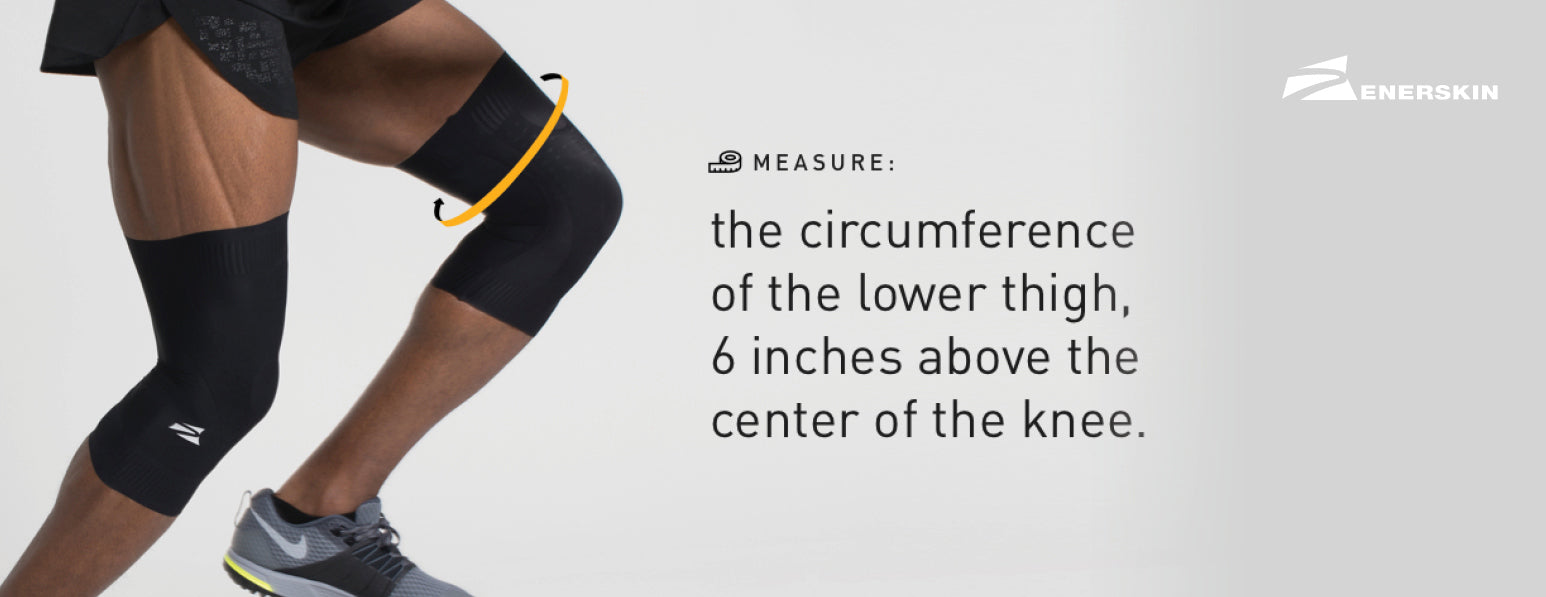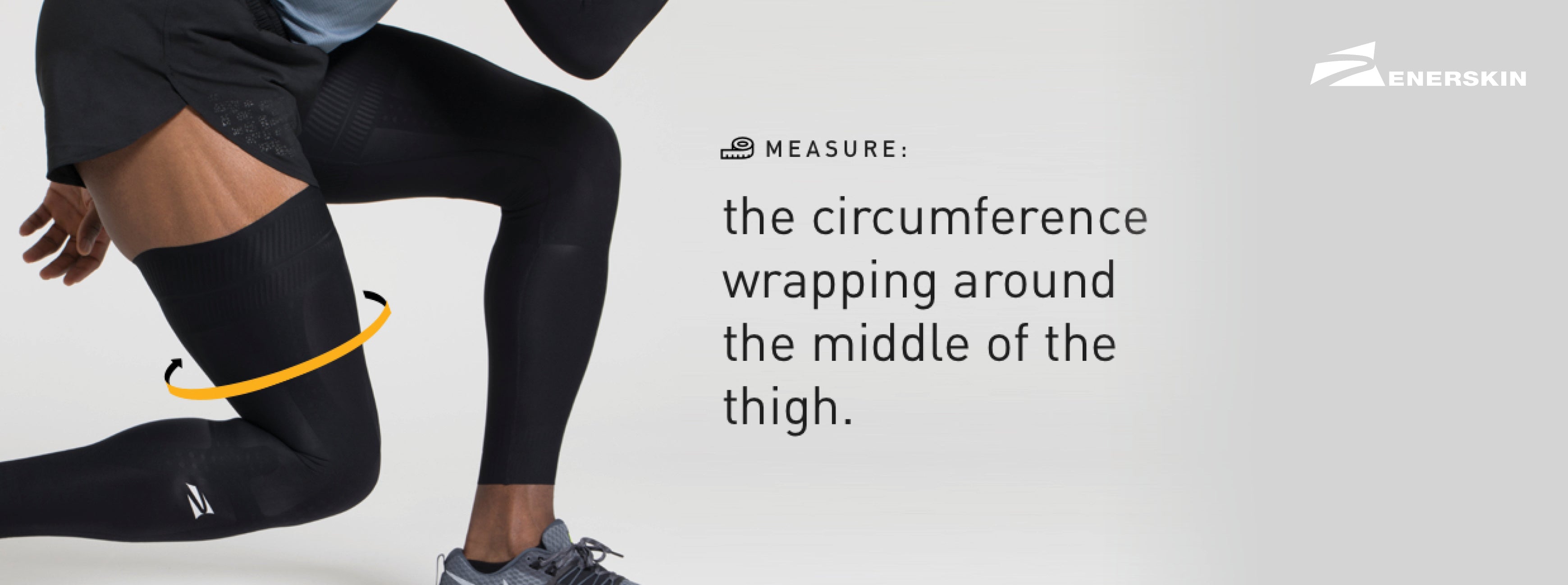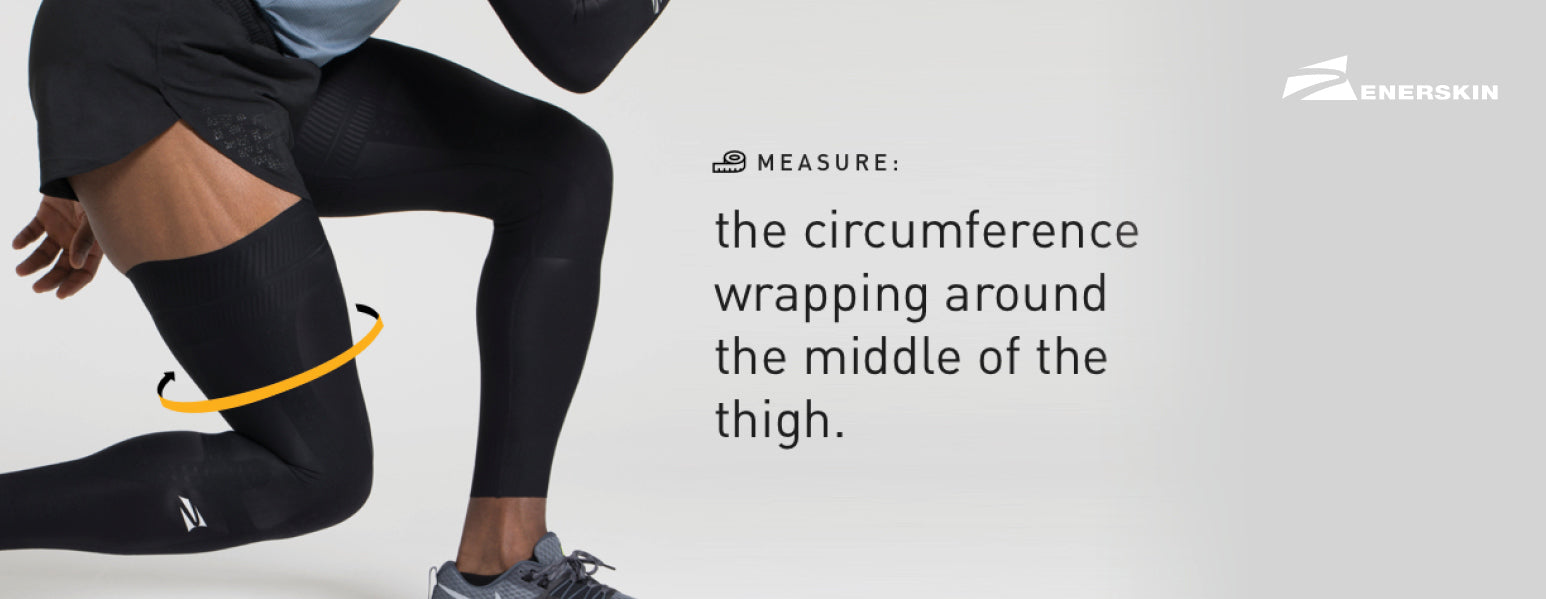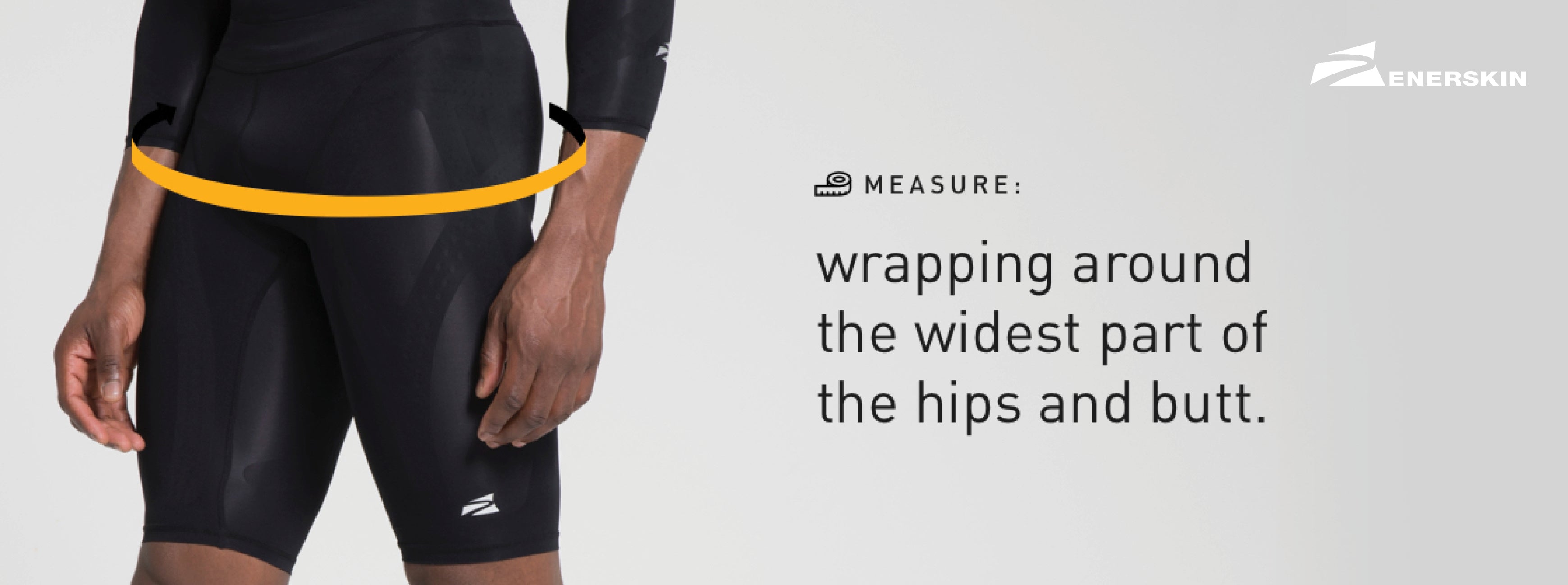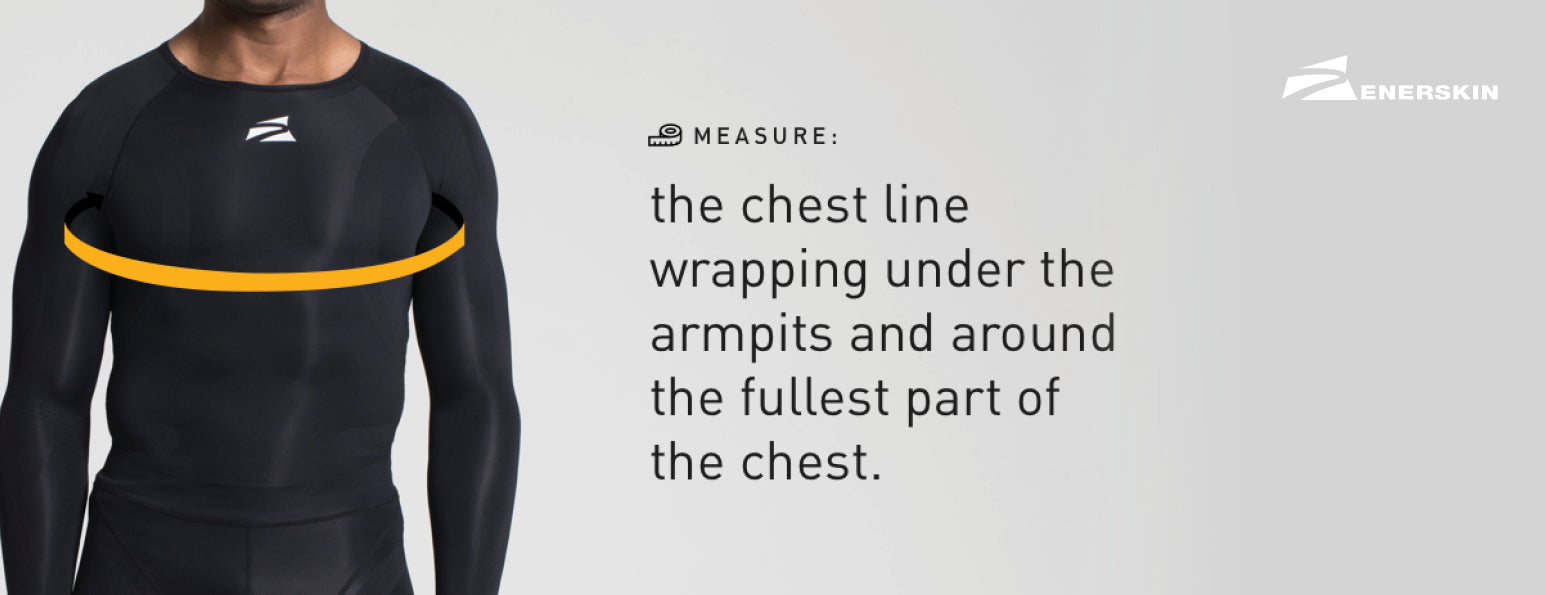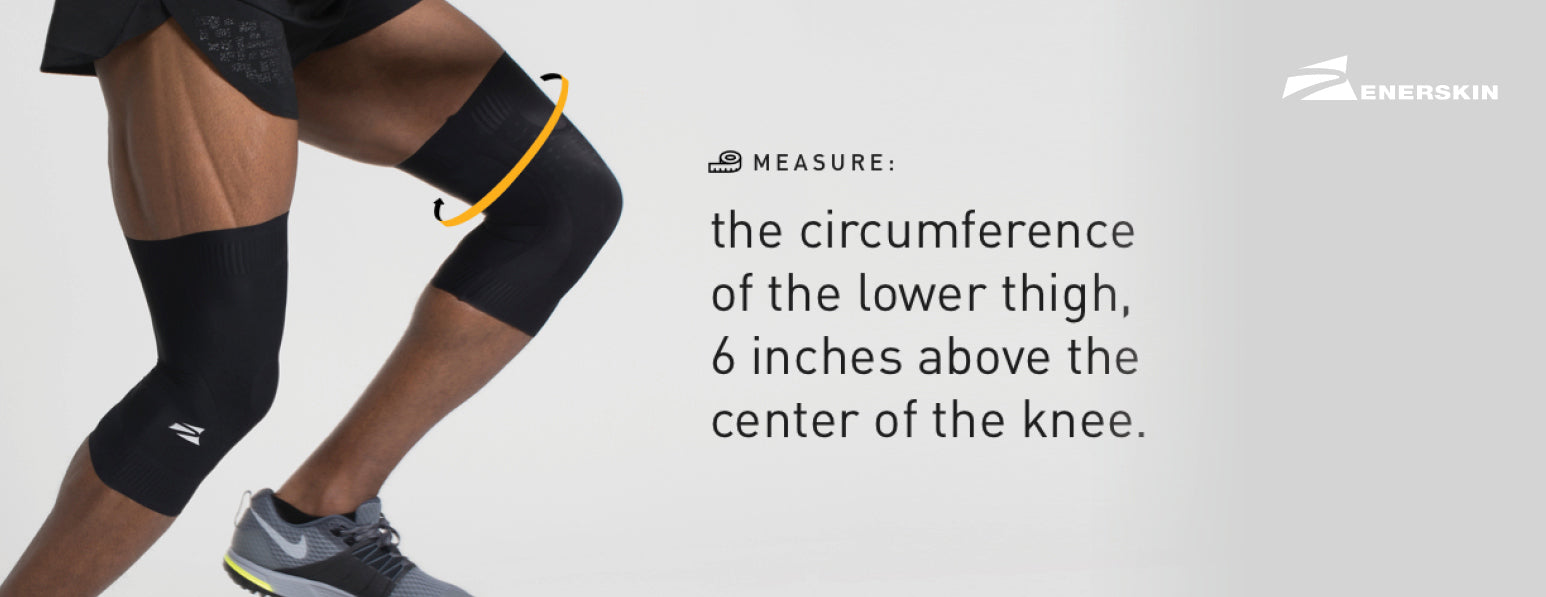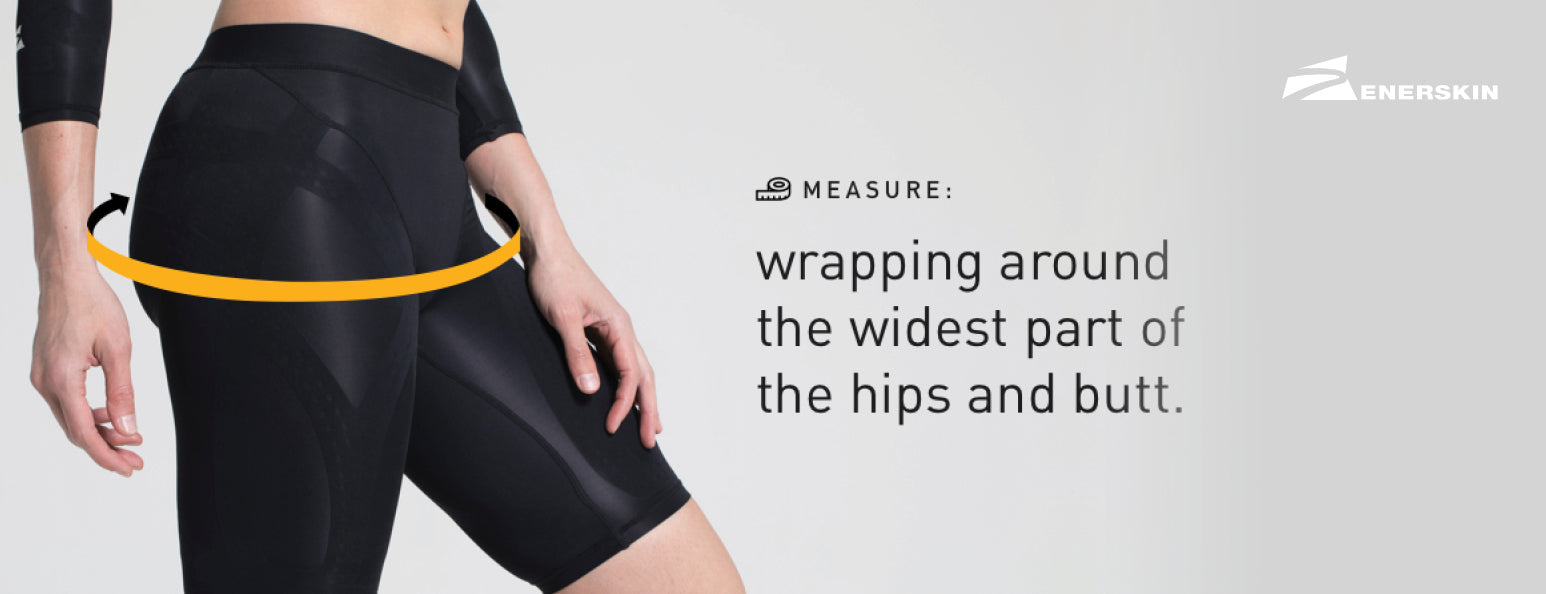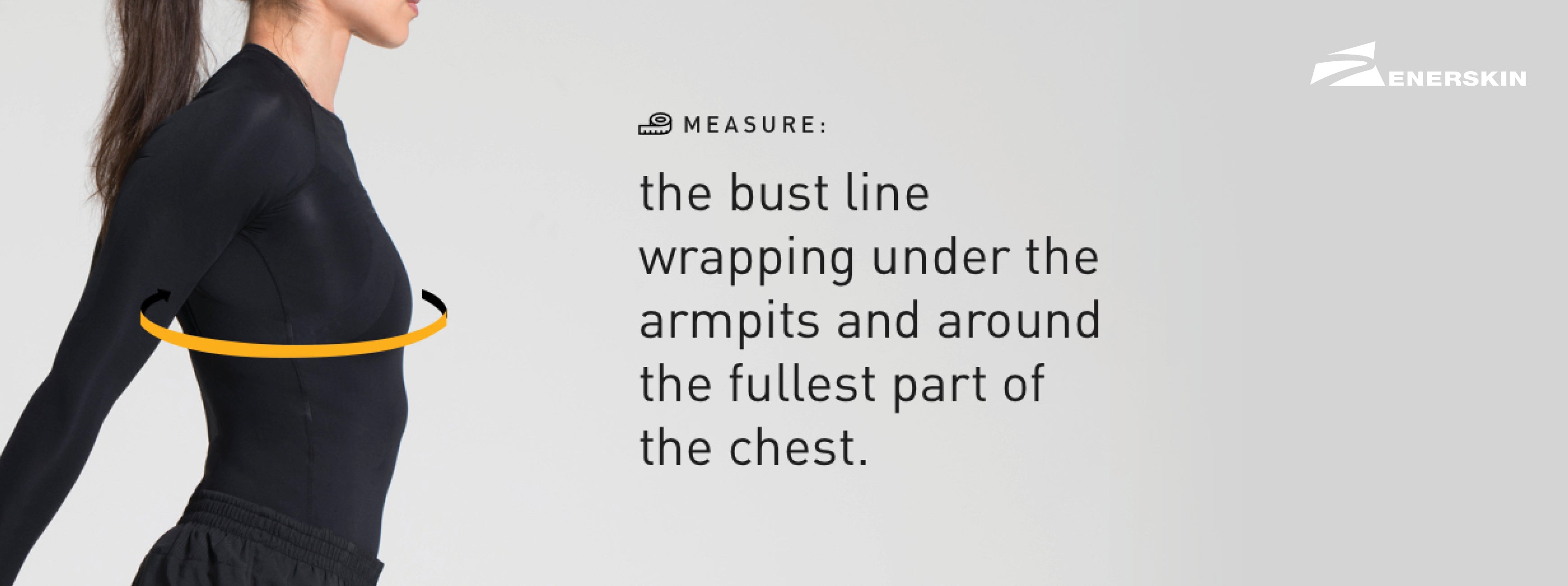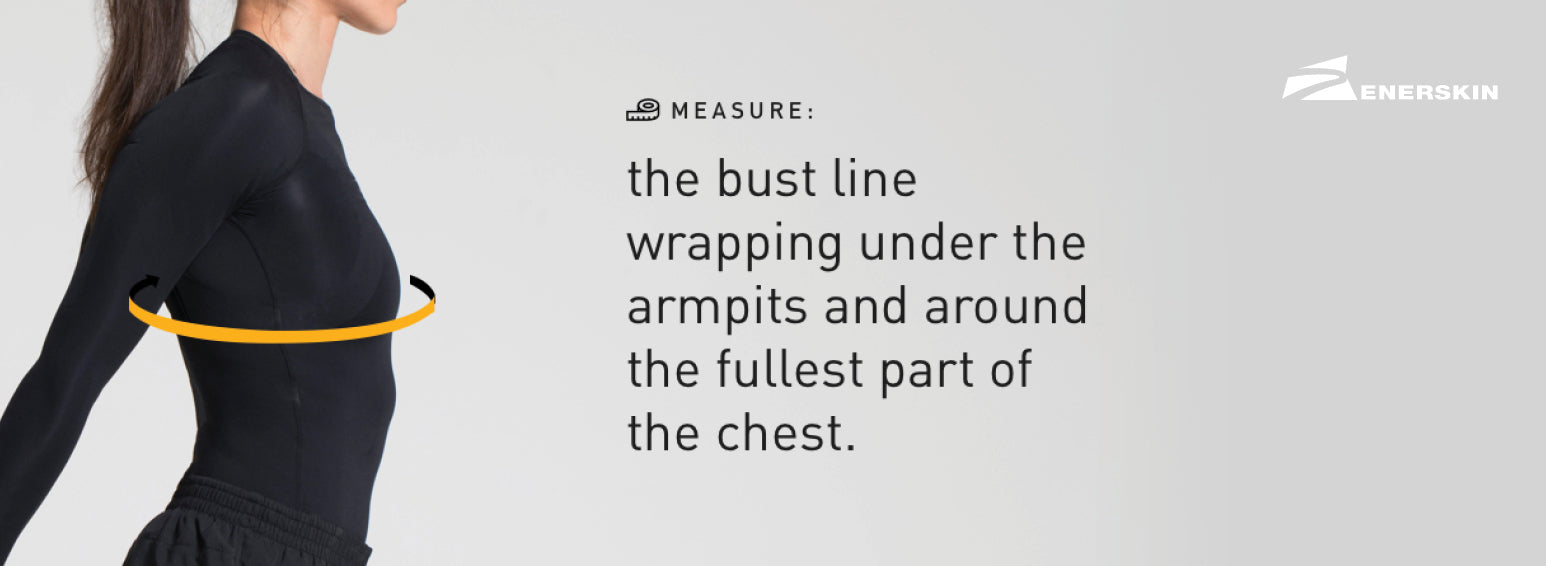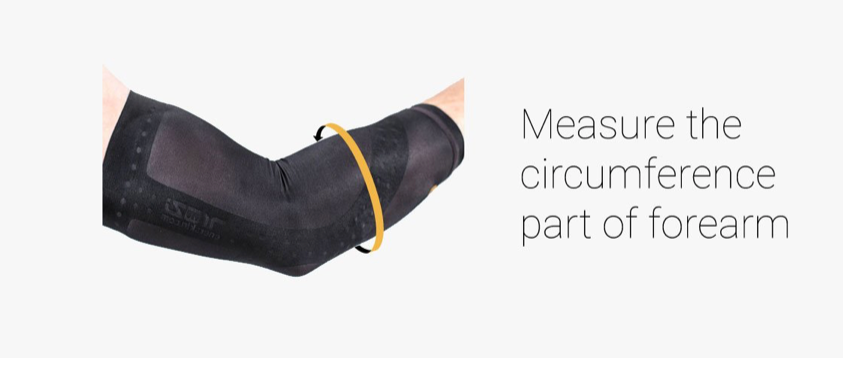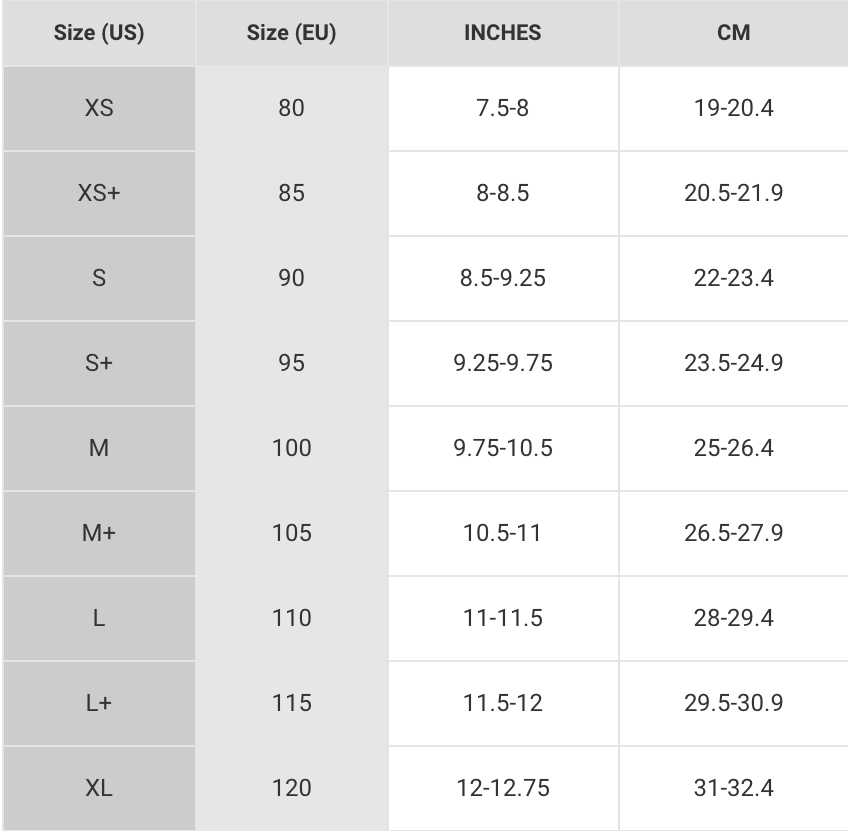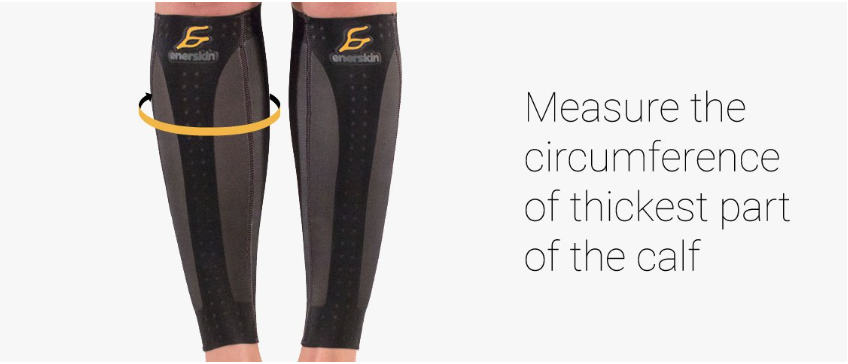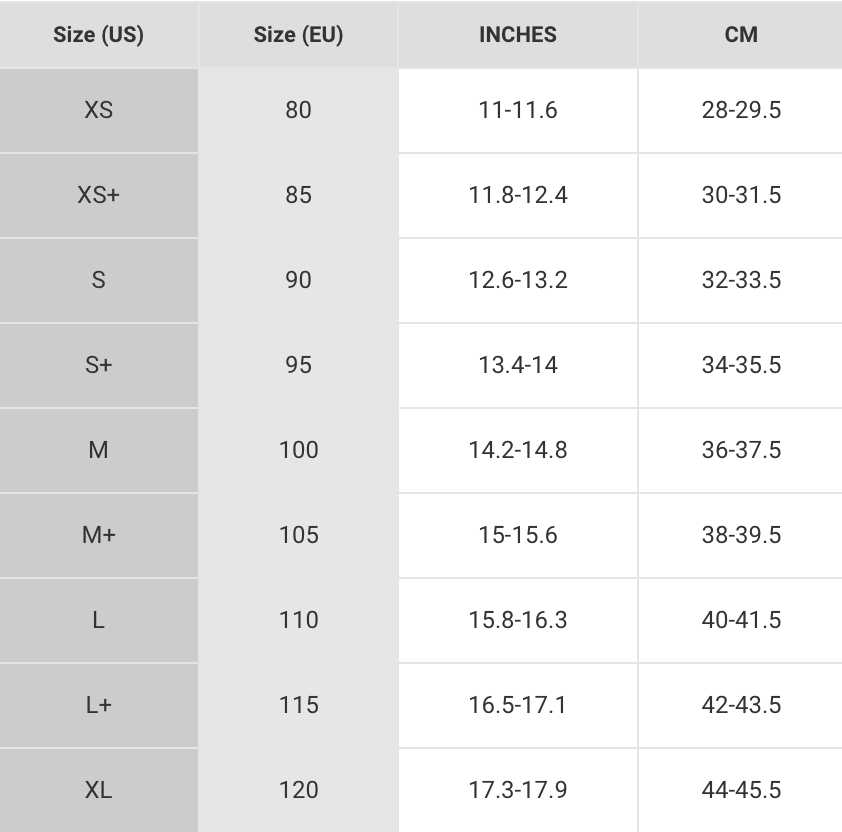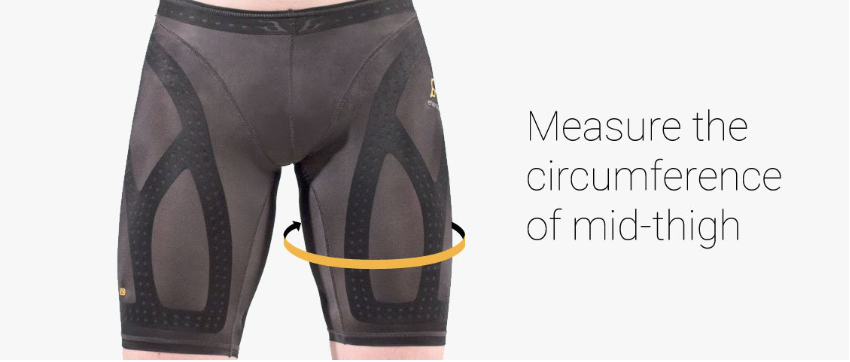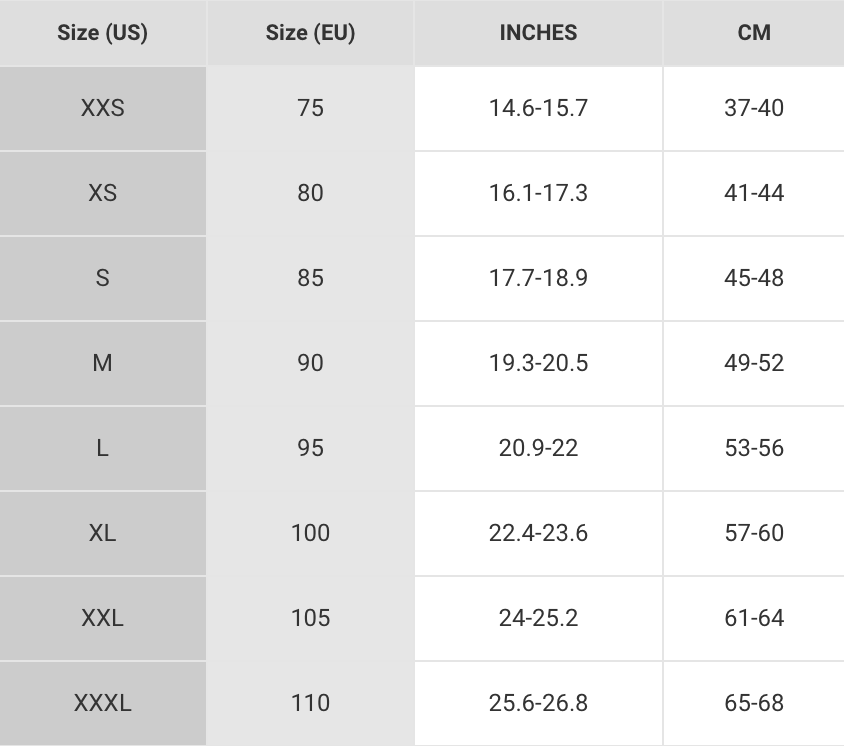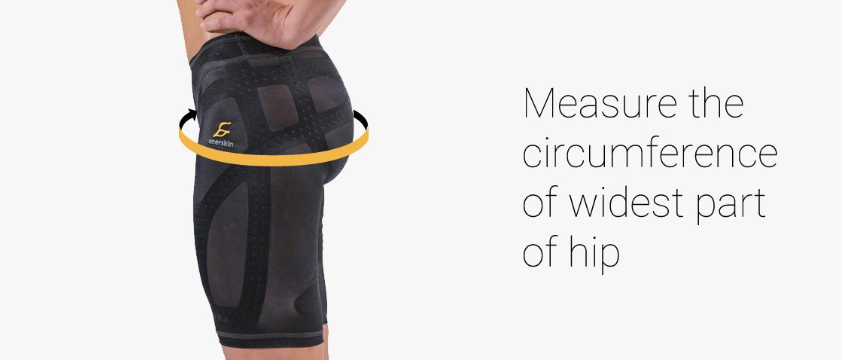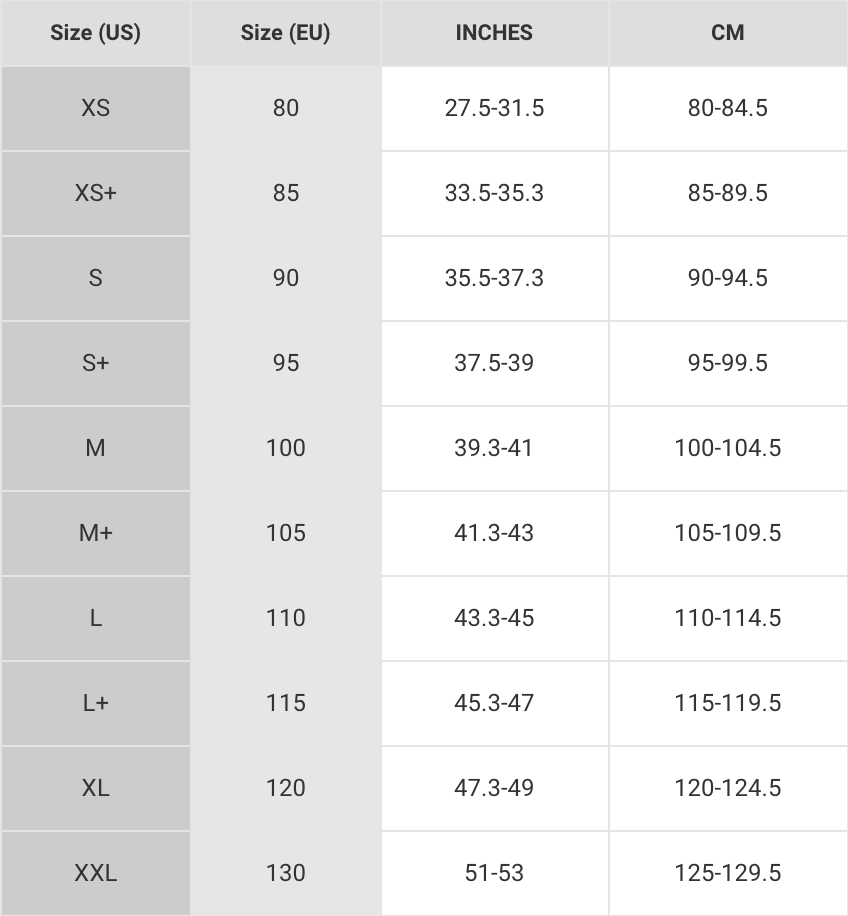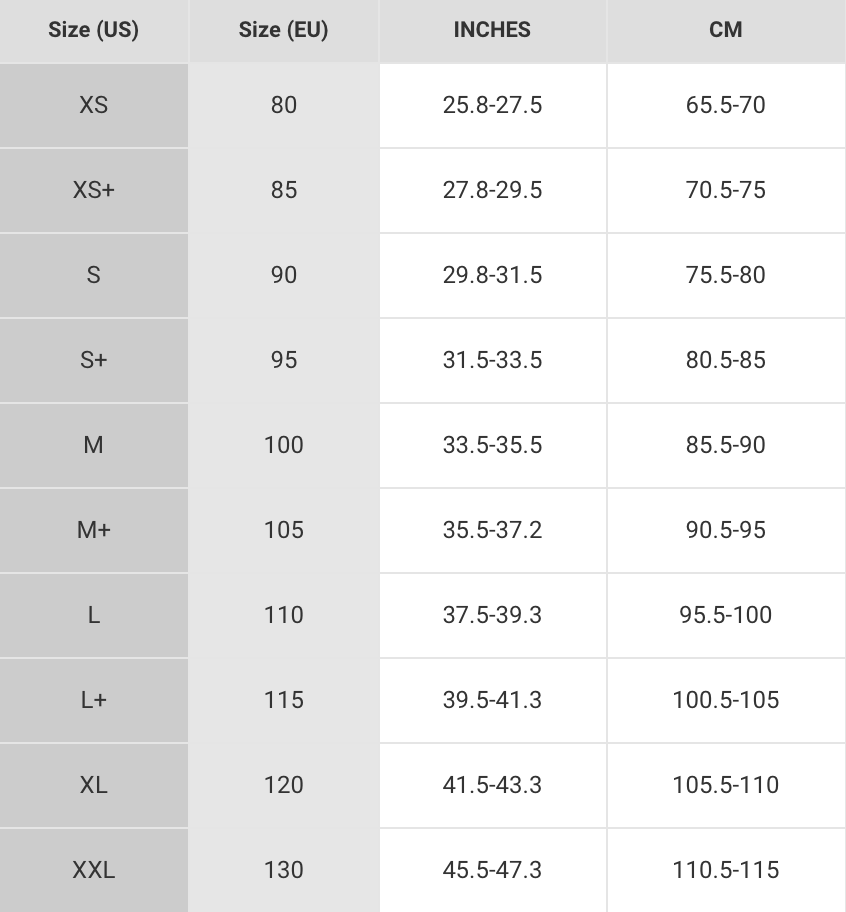Comprehensive Guide on Treating Elbow Tendonitis
Introduction
Welcome to our comprehensive guide on treating elbow tendonitis. At Enerskin, we understand the pain and discomfort that individuals with elbow tendonitis experience. We have compiled this guide to provide valuable information, strategies, and treatments to manage and overcome this condition effectively.
Understanding Elbow Tendonitis
Elbow tendonitis, also known as tennis elbow or lateral epicondylitis, is a common overuse injury that affects the tendons in the elbow. It typically occurs due to repetitive motions or strain on the tendons, leading to inflammation and pain. While tennis players often experience this condition, it can affect anyone who engages in repetitive arm movements, such as painting, typing, or playing musical instruments.
Symptoms and Diagnosis
The first step in effectively treating elbow tendonitis is recognizing the symptoms and seeking a proper diagnosis. Some common symptoms include:
1. Pain on the elbow's outer side may radiate down the forearm.
2. Difficulty in gripping or lifting objects.
3. Weakness in the affected arm.
4. Stiffness or limited range of motion in the elbow.
If you suspect you have elbow tendonitis, it is crucial to consult with a healthcare professional who can evaluate your symptoms and medical history and perform a physical examination. In some cases, additional diagnostic tests such as X-rays or MRI scans may be recommended to rule out other conditions and assess the severity of the injury.

Treatment Options
Rest and Modification of Activities
To allow the tendons in your elbow to heal, it is important to rest the affected arm and avoid activities that exacerbate the pain. This may include temporarily modifying your work or recreational activities, or using ergonomic tools and equipment that reduce strain on the elbow joint.
Physical Therapy and Exercises
Physical therapy plays a key role in the rehabilitation of elbow tendonitis. A qualified therapist will design a customized treatment plan to strengthen the muscles surrounding the elbow joint, improve flexibility, and reduce pain. Some commonly recommended exercises for elbow tendonitis include:
Wrist Extensor Stretch: Extend your affected arm with the palm facing down. Gently bend your wrist, using your other hand to apply gentle pressure until you feel a stretch on the top of your forearm.
Wrist Flexor Stretch: Extend your affected arm with the palm facing up. Gently bend your wrist, using your other hand to apply gentle pressure until you feel a stretch on the underside of your forearm.
Strengthening Exercises: Your physical therapist may recommend specific exercises involving light weights or resistance bands to gradually strengthen the muscles around the elbow joint.
Medications and Pain Management
Over-the-counter nonsteroidal anti-inflammatory drugs (NSAIDs), such as ibuprofen, can help alleviate pain and reduce inflammation associated with elbow tendonitis. However, it is important to consult with your healthcare provider before starting any medication regimen, especially if you have pre-existing medical conditions or are taking other medications.
Preventive Measures
Prevention is key to minimizing the risk of elbow tendonitis. Consider the following tips:
- Warm up before engaging in physical activities that involve repetitive arm movements.
- Use proper equipment and techniques when participating in sports or physical activities.
- Take regular breaks during repetitive tasks to rest and stretch your arms.
- Maintain good overall physical fitness, including strength and flexibility in the arms and upper body.

Conclusion
In conclusion, elbow tendonitis can be a painful and limiting condition, but with the right knowledge and treatment, you can effectively manage and recover from it. At Enerskin, we strive to provide you with the most up-to-date and comprehensive information on various musculoskeletal conditions. Remember, early intervention and a multifaceted approach to treatment are crucial for a successful recovery. If you are experiencing symptoms of elbow tendonitis, consult with a healthcare professional to determine the best course of action tailored to your individual needs.

you may also like

